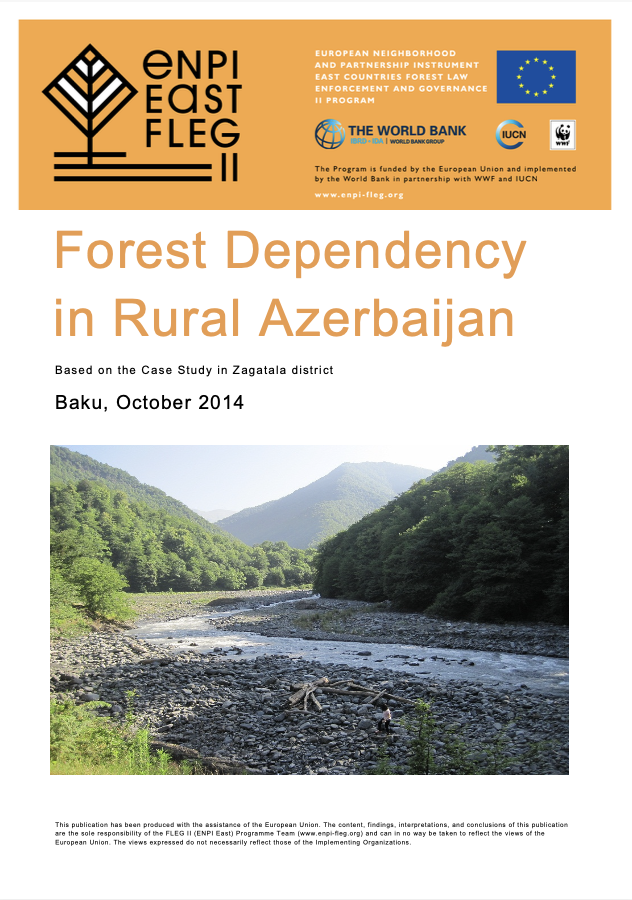This paper is the second update of FAO’s original report on this topic. It presents information about the contribution of the forestry sector to national economies at the global, regional and country levels. The study presents the status and trends of the forestry sector’s contribution (total…
This thematic study explores the links between the right to food and natural resources governance. It covers a range of issues of which access to resources and assets, land, water, and the recommendation to protect ecological sustainability for sustainable management of natural resources are…
Meeting symbol/code: GSPPA-II/14/ Report
Session: Sess.2
Socioeconomic shocks can shape future land-use trajectories. Armed conflicts are an extreme form of a socioeconomic shock, but our understanding of how armed conflicts affect land-use change is limited. Our goal was to assess land-use changes related to the 1991–1994 Nagorno-Karabakh conflict…
This Country Assessment (CA) for Azerbaijan is prepared under the ADB Regional Technical Assistance (RETA) 7433: Mainstreaming Land Acquisition and Resettlement Safeguards in the Central and West Asia Region. The RETA objective is to foster more effective infrastructure development in the region…
In the Republic of Azerbaijan forested areas cover 1,021 hectares of the land, which is 11.8% of the country’s territory. In the 18th-19th centuries however, this figure stood at 30- 35%. The per capita forest area is 0.12 hectares, which is 4 times less (0.48 hectares) than the average…
In countries such as Azerbaijan, the
risks of climate change for the agricultural sector are a
particularly immediate and important problem because the
majority of the rural population depends either directly or
indirectly…
The Annual Report of FAO-Turkey Partnership Programme covers programme and projects activities undertaken during May 2011 - January 2013.
Rangelands and forests together account for a major chunk of land in the Near East region. Characterized by semi-arid and arid conditions use of these land faces very severe constraints, which have been accentuated on account of climate change related extreme weather events. Larger changes,…
The countries in Central and Eastern Europe began a remarkable transition from a centrally-planned economy towards a market economy in 1989 when the Berlin Wall fell and the Iron Curtain lifted. Land reforms with the objective to privatize state-owned agricultural land, managed by large-scale…
This review of national greenhouse gas (GHG) mitigation planning in the agriculture sector provides national policy makers and others in the agriculture sector with an overview of national mitigation planning processes to aid them in identifying the relevance of these processes for promoting…
Poverty remains a major challenge in
Azerbaijan, where income poverty is spread throughout the
country. This Poverty Assessment reviews available household
data, which suggest particular demographic characteristics
of the…




